If you’re British (or even if you’re just visiting Great Britain), don’t miss out on some of these interesting, moving and all-around fascinating war-related sites.
Culloden

Any Outlander fans? The real historic site of Culloden (1746) is the perfect spot to visit for anyone interested in Jacobites, Bonnie Prince Charlie or the Stuarts. With French support, Bonnie Prince Charlie attempted to reclaim the British throne for the Stuart family. Needless to say, it didn’t go very well. There’s a nice visitors center and the battlefield is really remarkable. You can find much of the land preserved perfectly, with markers for where the two armed forces would’ve been, and gravestones for the Scottish clans who fought in the skirmish.
Cabinet war rooms
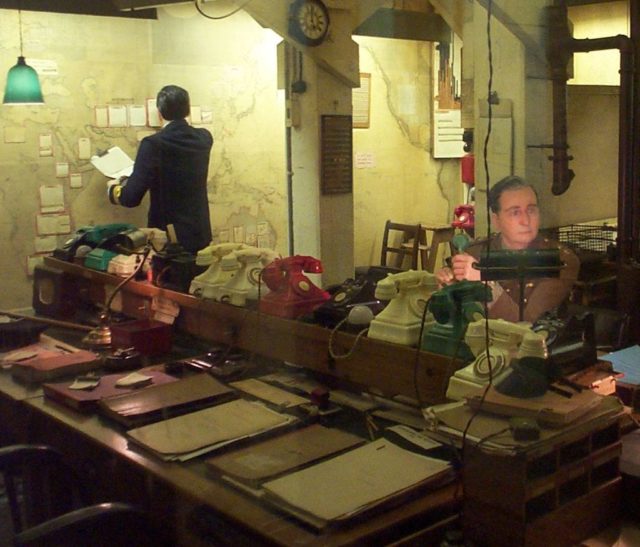
Skip ahead a bit to World War II. Everyone knows the civilians of London were forced to take shelter in bunkers, but the same holds true for important government officials, including Winston Churchill himself. You can view the cabinet war rooms, where war strategy would’ve been planned in safety as early as 1939. You can also visit Winston Churchill’s private quarters. Though the man didn’t spend much time there, it’s still a fascinating visit for Churchill fans and World War II buffs.
Battle of Britain Memorial
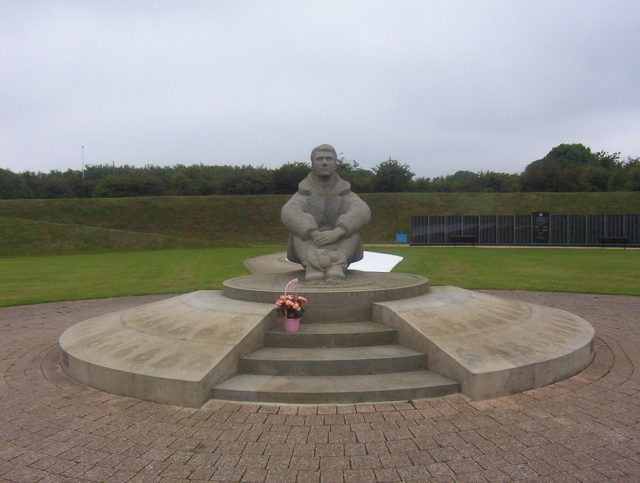
In Kent, near the White Cliffs of Dover, you’ll find the Battle of Britain Memorial. The touching monument is an airplane propeller when viewed from the air, and a World War II flier seated on a mound when viewed at ground level. The statue of the flier appears to be looking out at the English Channel. Also found are two full-scale replicas of actual aircraft that fought in the battle, as well as a memorial featuring the names of the British airmen who fought in the battle. The Battle of Britain Memorial Trust built the memorial with donated funds.
Western Approaches Museum
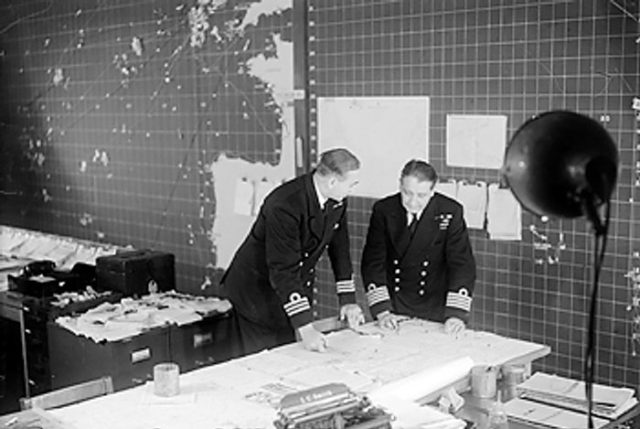
Head to Liverpool to enjoy the Western Approaches Museum, set inside a World War II bunker. The complex was the site of a command center when the Allied forcers were fighting the German U-boats in the Atlantic Ocean. Operations at the complex protected nearby ships and also was the site of a lot of planning and strategizing to fight against submarines during the war. The museum is pretty open to visitors, allowing them to explore all of the bunker as it is, including the all-important telecommunications and mapping rooms, as well as the rest of the complex.
HMS Belfast
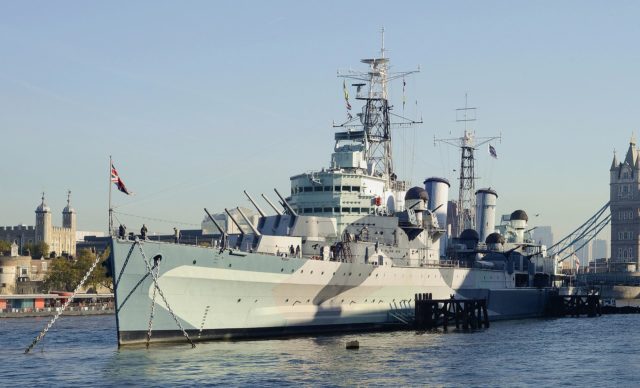
Step aboard a naval ship with a wide and varied history. The ship was built in time for World War II, during which it acted as part of the British blockade against Germany, and was actually struck by a German mine. After repairs, the ship escorted arctic convoys to the Soviet Union, destroyed a German warship, supported the Normandy landings, joined the British Pacific Fleet in the Far East, and even participated in the Korean War. Now, the HMS Belfast is a museum ship permanently located on the River Thames, where guests can explore all nine fascinating decks.
Porthcurno Telegraph Museum

The Porthcurno Telegraph Museum is important throughout history for more than a few reasons. The spot marks where the first transatlantic telegraph wires reached western Great Britain and was once one of the busiest communication hubs in the entire world. However, in World War II, the hub became an important location for Britain to send and receive secret messages to its allies. Underground tunnels were used for this purpose, and the tunnels have been left more or less the same as they were during World War II. The museum is a fascinating visit for all ages and shouldn’t be overlooked.
Dover Castle
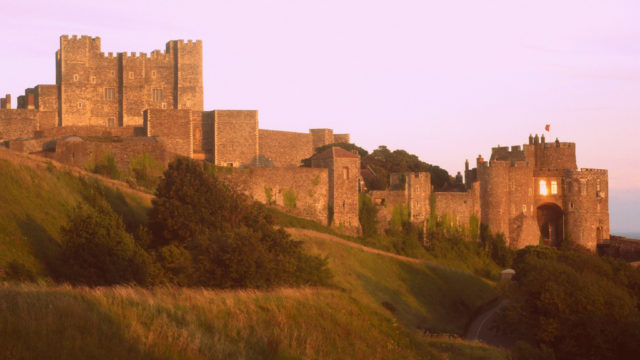
Dover’s military history is extensive. The cliffs of Dover were used by Anglo-Saxons and Romans as far back as the Iron Age, as the site was a good defensive location in Great Britain. The crude Iron Age fortresses gave way to stone strongholds and then eventually elaborate defensive forts featuring tons of underground tunnels and barracks used in the Napoleonic Wars. Visitors today can view the area’s history from medieval times all the way up to its role in World War II. The castle is very well-preserved.
Portchester Castle
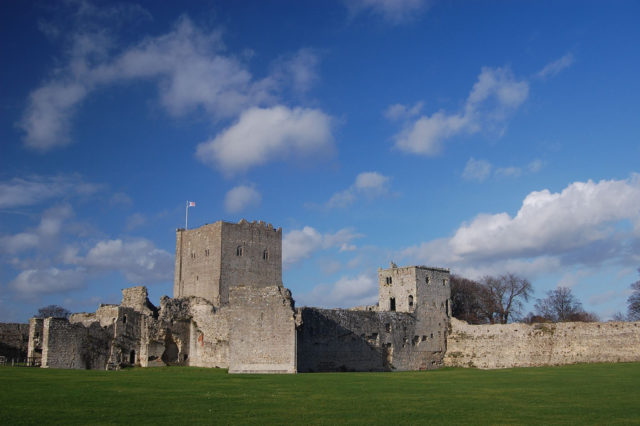
If ancient history is more your thing, pay a visit to Portchester Castle. The structure is the only one in the entire United Kingdom which features original Roman masonry still standing at a length of almost six feet in some places. During and after Roman times, the structure was used as a defensive stronghold. During the Napoleonic Era, it also acted as a prison, housing thousands of French prisoners of war. Today, you can visit the castle, located in Hampshire, for an intensive tour of the grounds and children’s activities for the little history buffs in your family.
Caernarfon Castle
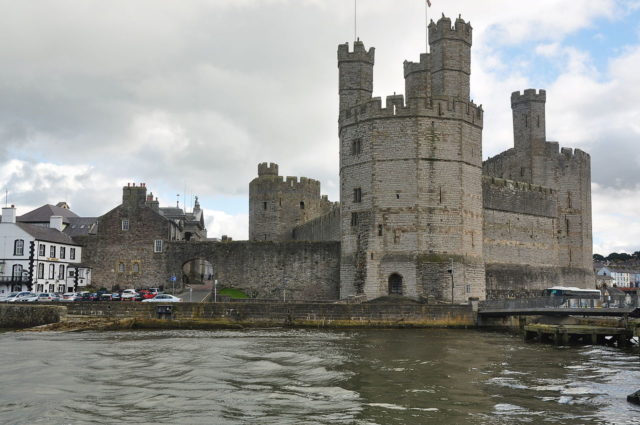
A UNESCO site, Caernarfon Castle was built in Wales by Edward I. The castle was built as early as the 13th century, after Edward I’s conquering of Wales, and his subsequent building of 12 castles around the area. The castle is very much still intact and it holds historic significance as a castle where some of the king’s family members lived and where important events were hosted. You can see a few exhibits there today, as well as take a tour. The castle’s location is near Conwy.
Bosworth Battlefield Heritage Centre

For a look at what exactly happened during the War of Roses, and a nice lesson on medieval warfare, head to Bosworth Battlefield Heritage Centre, where it’s expected the most important battle of the War of Roses took place. Along with the great museum, there’s also a huge battle reenactment every year, that you’ll definitely want to be present for if you have the chance.
